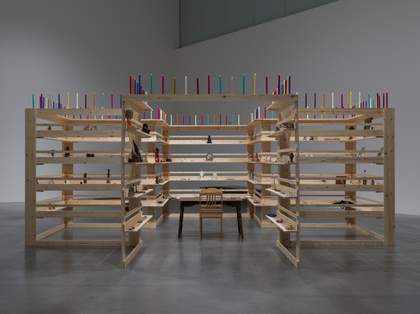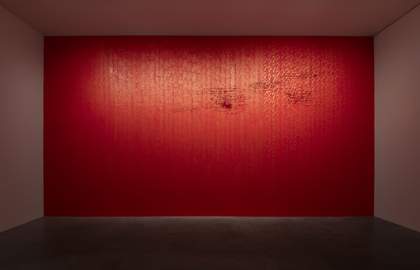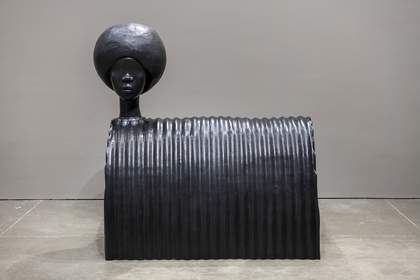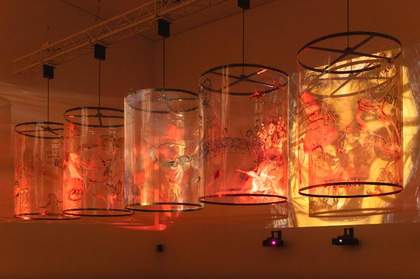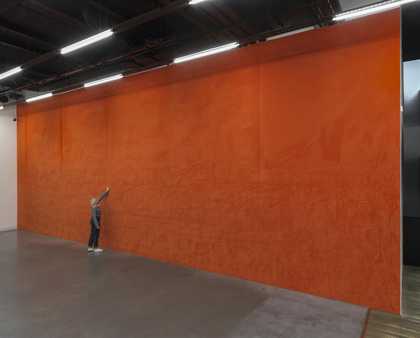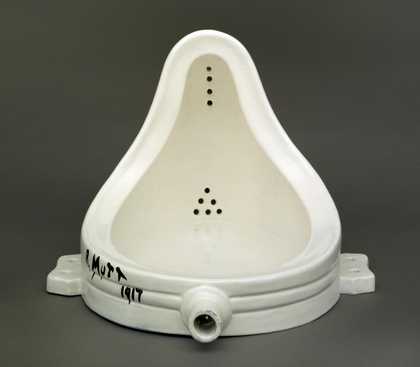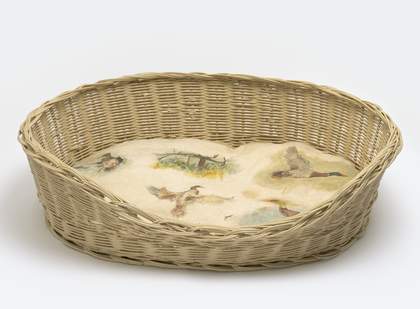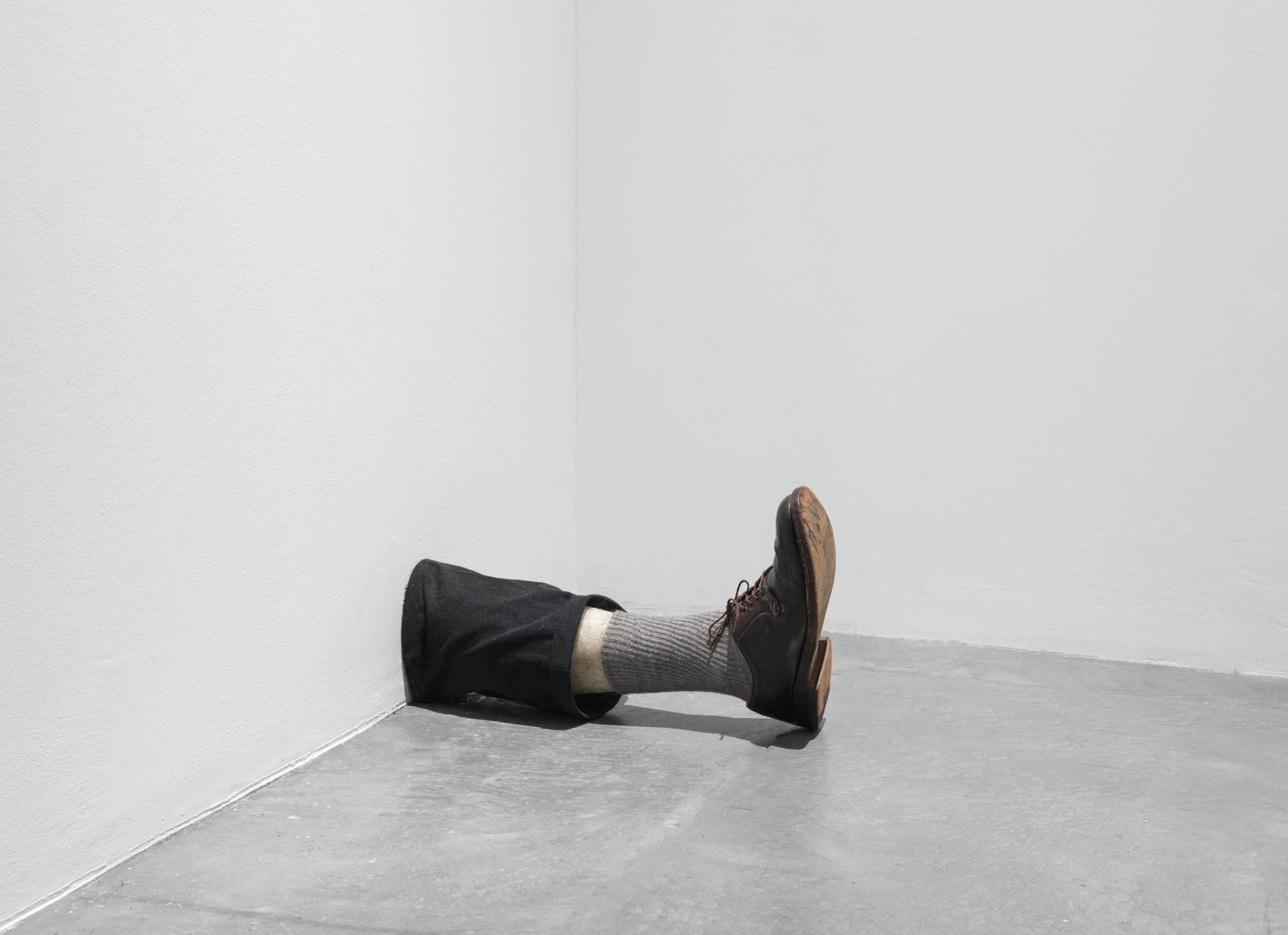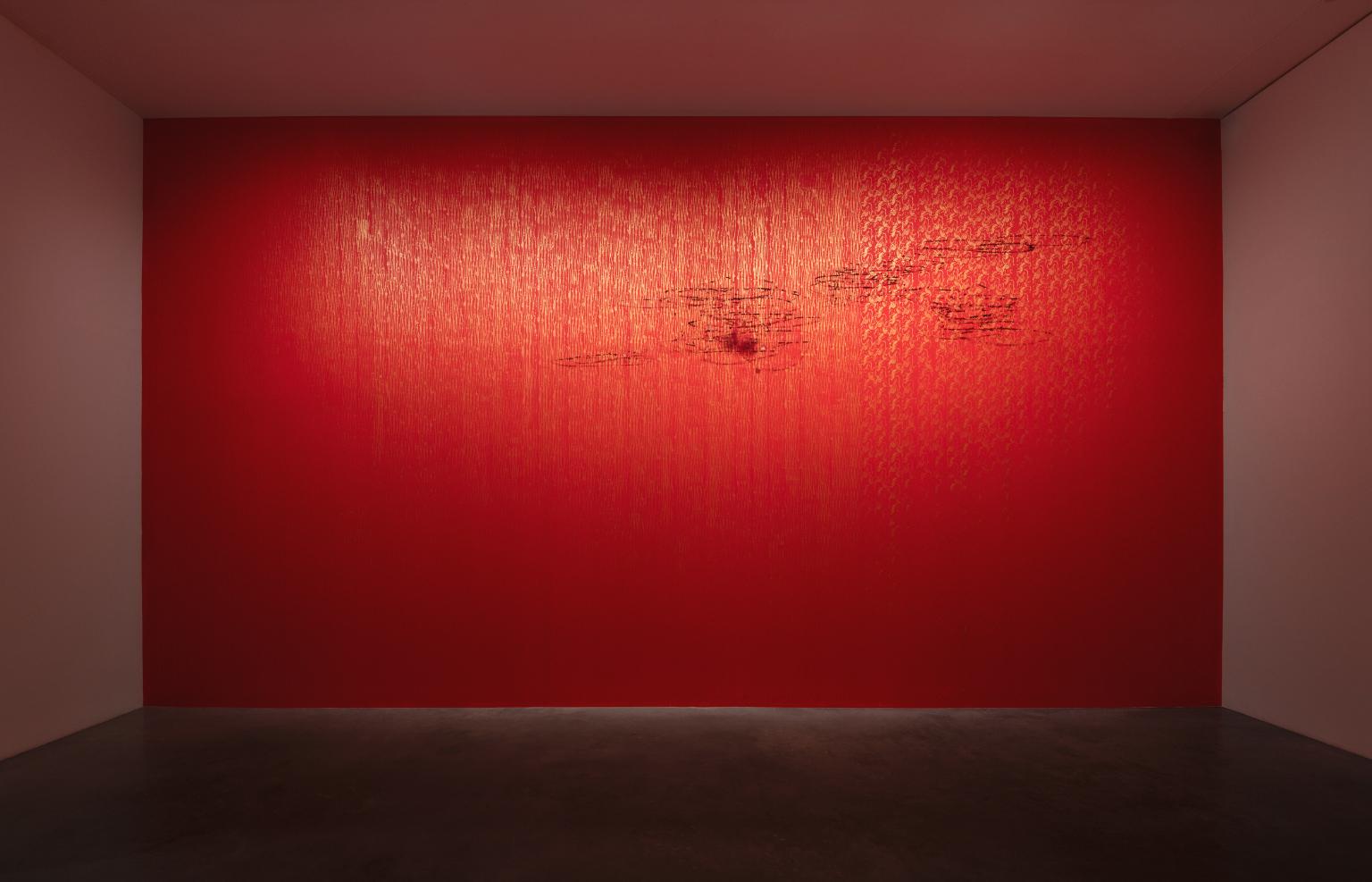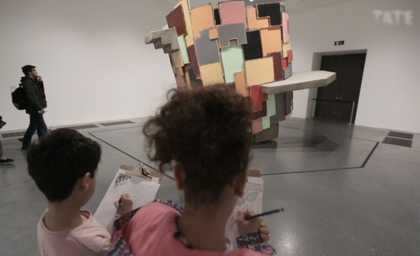Materials and Objects
Discover artists from Tate's collection who have embraced new and unusual materials and methods
The Materials and Objects display looks at the inventive ways in which artists around the world use diverse materials.
Increasingly over the last hundred years, artists have challenged the idea that certain materials are unsuitable for art. Some employ industrial materials and methods, while others adapt craft skills, or put the throwaway products of consumer society to new uses.
Tate Modern
Natalie Bell Building Level 4 West
Ongoing
Some rooms in Materials and Objects are temporarily closed for maintenance
The quiet room in these galleries is affected by maintenance work. Please use the one located on Level 2 in the Natalie Bell Building
7 rooms in Materials and Objects
Highlights
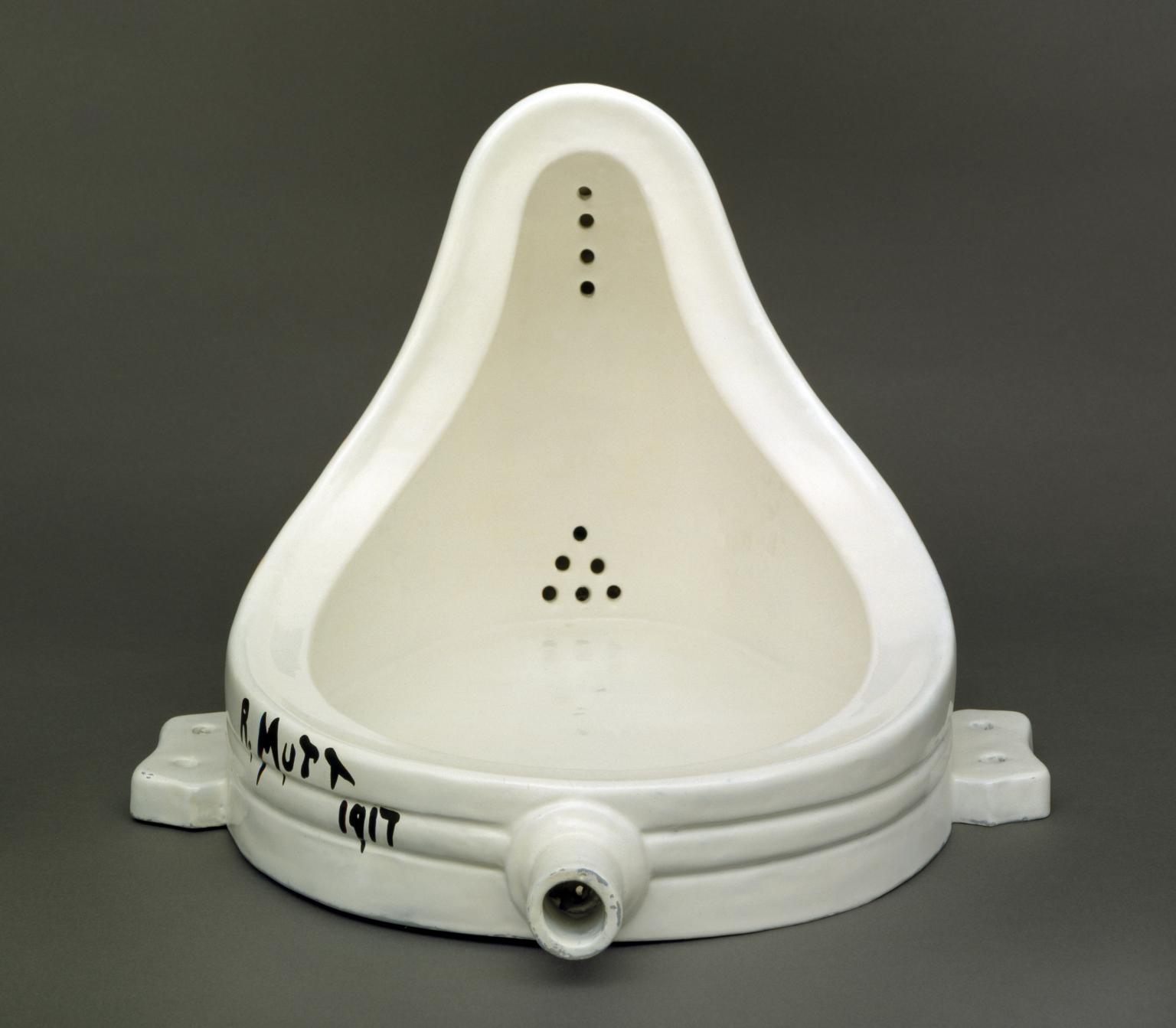
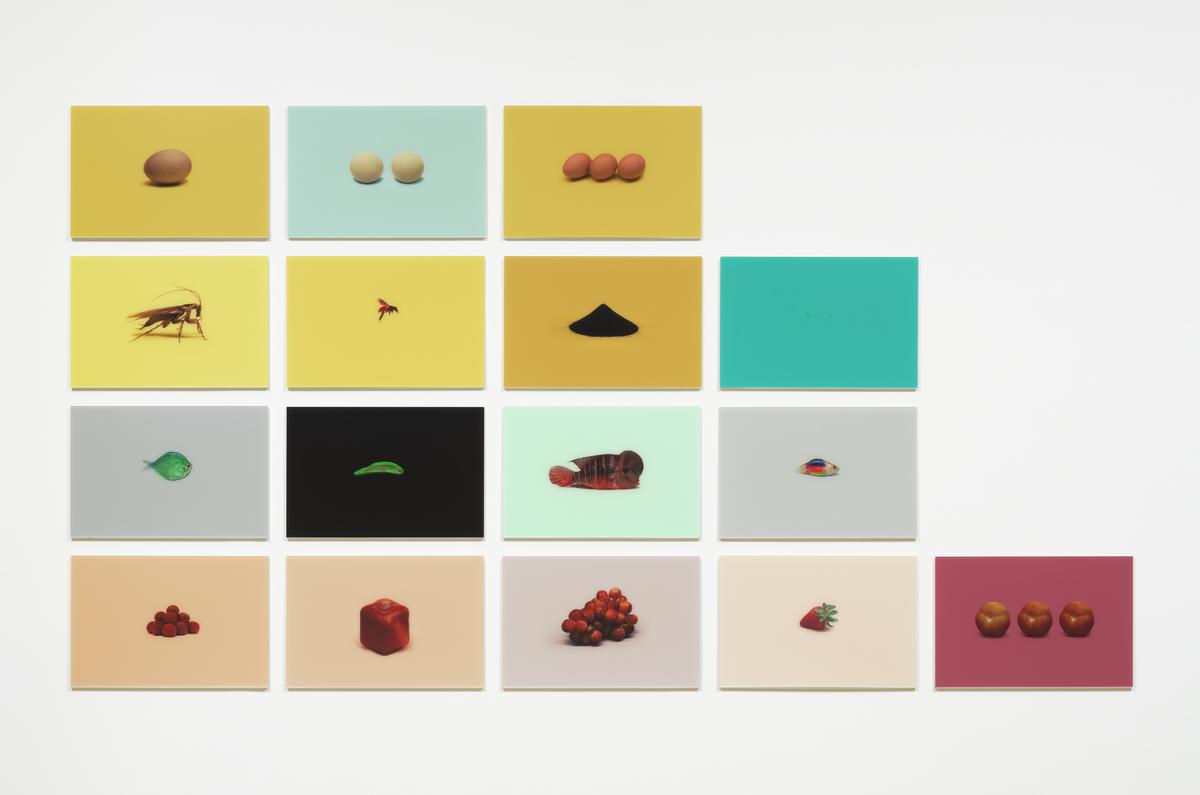
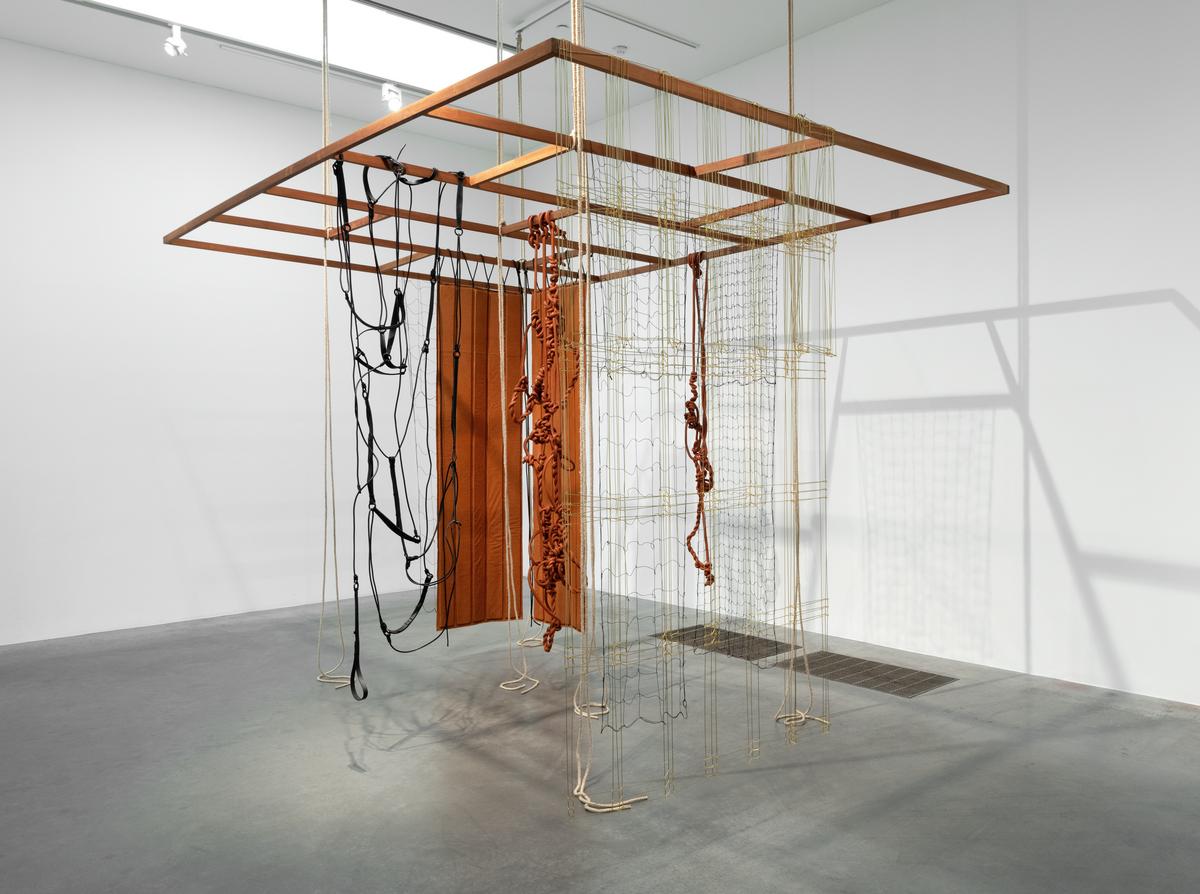
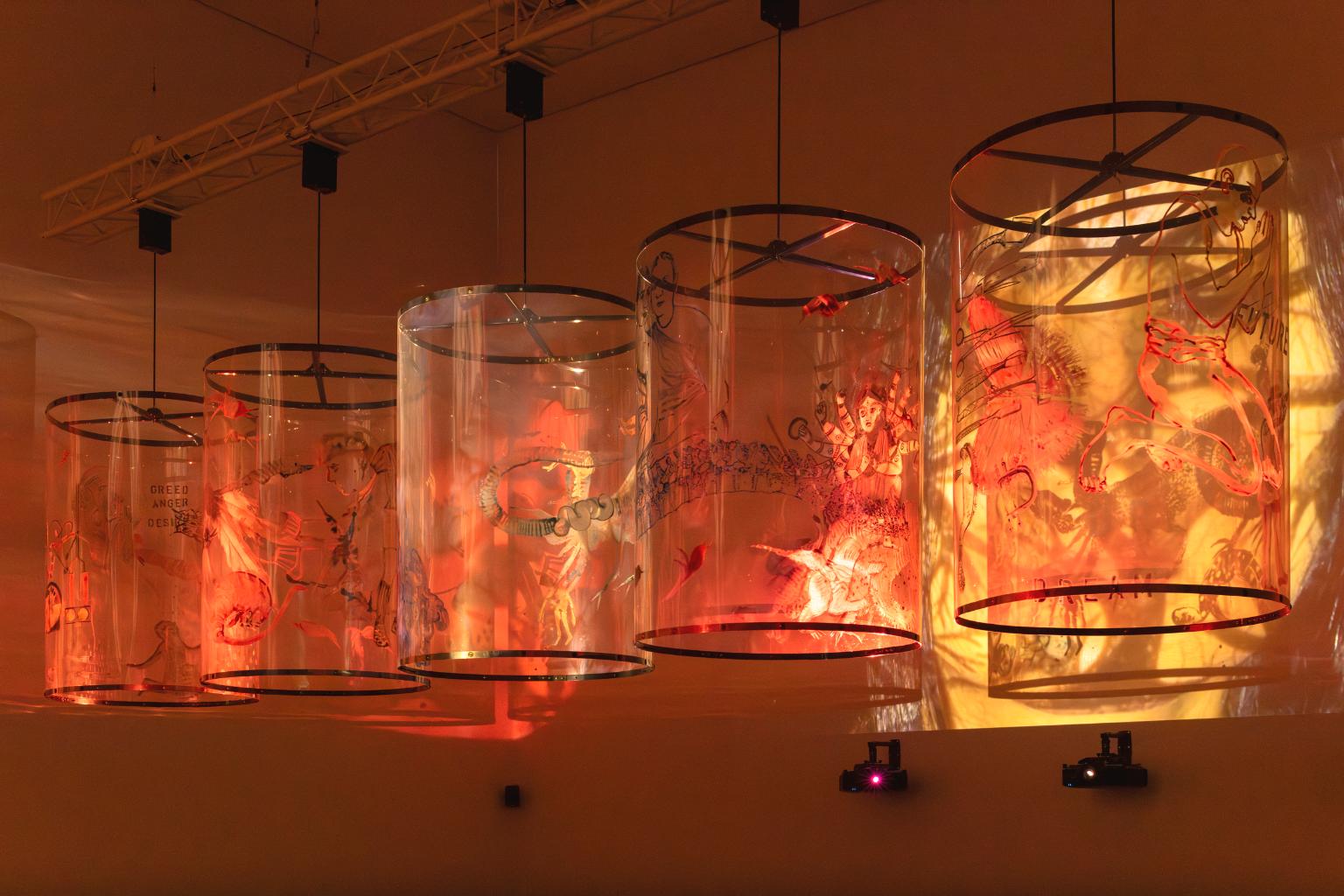
You've viewed 4/6 highlights
You've viewed 6/6 highlights

